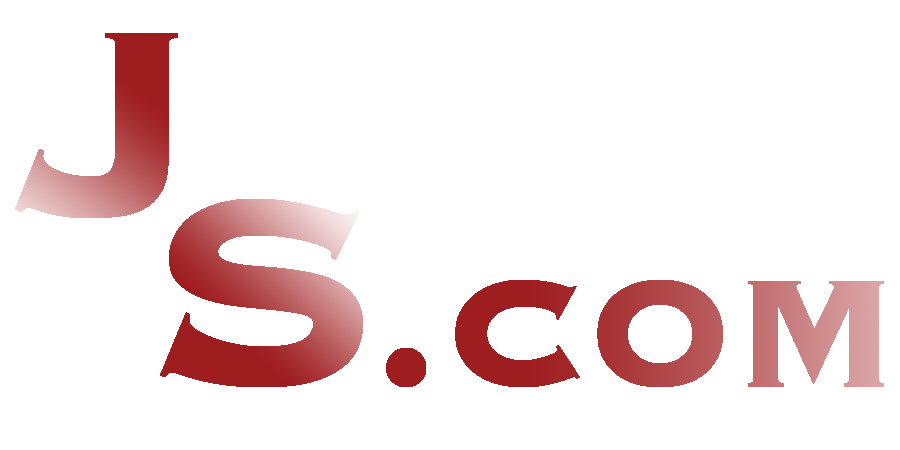The square, white boxes stand out garishly against the lush, verdant hillside and are the first thing I notice as we drive past the property and towards the bridge that will bring us across the Serpentine River and into the school. The gravel road cut on which they are situated incises the slanted meadow accentuating their lack of architecture. “We only have one bathroom and shower for now” Ari says as we drive on to the old sheep farm. Below the boxy units that serve as staff housing, two newish looking red metal structures jut out of the hillside. We get the official tour. “This room will serve as the kitchen and rations room, we will use student power to move stuff over from the sea containers when we need it.” We poke our heads into the office and stop in at the branch director house to visit Laura and the kids. The the boat barn, wool shed, the tractor barn all get their undeserving moment in the sun as we amble around the premises en route to getting our bags into the port-a-build.
NOLS New Zealand is a work in progress. Heavy machinery moves dirt and levels surfaces. Trucks and vans with various electricians, plumbers, carpenters and installers of different things speed in and out the gravel driveway. The tractor grumbles its way up and down the hill moving various items around, schlepping things to and from sea containers. Fire extinguishers, exit signs and smoke alarms are slowly being brought up to code. Architects poke around and ask questions, the project manager assures them it will all pass and minimizes the “bits and pieces” that will someday get fixed. Pounding nails, electric drills and cursing IT workers all hint at the incremental creeps toward being ready for students (and instructors) in a week and a half.

Up on the hillside, electrical cables are eventually strung over the housing units and the washing machines are plumbed in the hanta-shed. The extension cord out the window from the lamp is coiled up and put away and the need for the twelve minute drive to Brightwater for laundry is alleviated.
The unheated kitchen space does little to cut the chill on the cold, frosty mornings and hot drinks are required for the weak of mind. Morning and evening the staff living on-site invariably come in blowing on their hands or rubbing them together to warm them up. Morning or evening it is not uncommon to see one’s breath condensing upon escape from the lungs. None-the-less we laugh, smile, and crack a joke, but as Howard Tomb would have it, we don’t lodge a complaint.
All around it is disorder. No heat here, no light there. Rusty nails poke out of old lumber waiting to infect the unaware with tetanus. Hanta lurks invisible in the dust filled corners of the old wool shed, waiting for the influx of students to stir up some movement. Each department puts their head down and struggles onward. The servers, internet and phone service are pieced together and throughout it all, unforeseen glitches pop up. The equipment room is assembled and course packing space created. Gear is sorted, stored and organized. Things are labeled, rearranged, and then rearranged again. And still the various tradesmen come in to ply their craft.
Will it all be ready for the students? Who knows. What is certain is that in six days students will arrive. They will amble off the bus, throw down their gear and look to the instructors eager to learn and be led. It does not really matter whether there is wi-fi or electricity in the port-a-builds, or heat in the kitchen. It doesn’t matter what services are available or how much mud coats the ground around the branch. We must adapt, improvise, overcome and provide our students with the educational experience of a lifetime.
